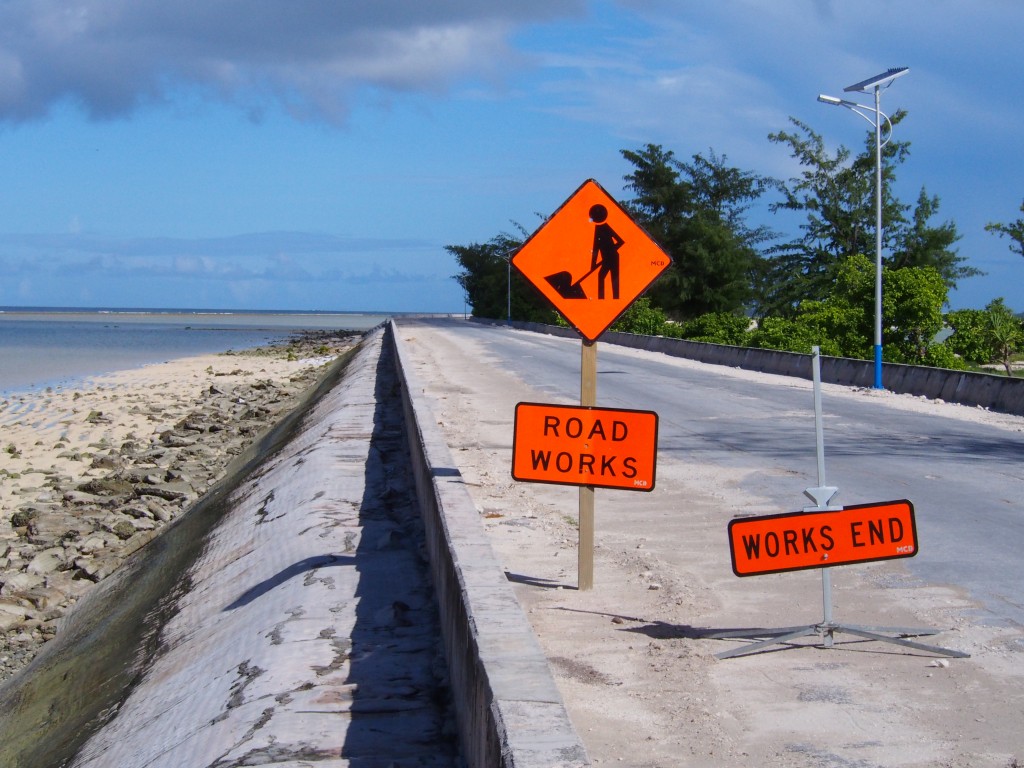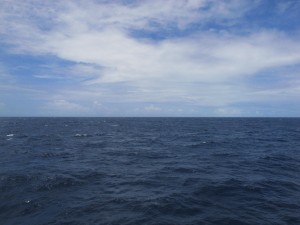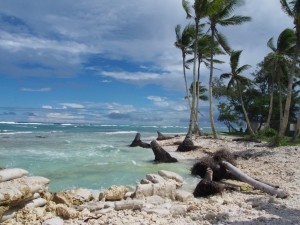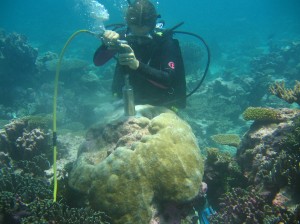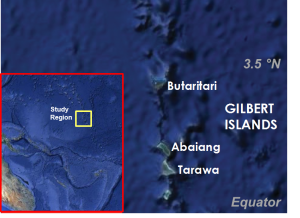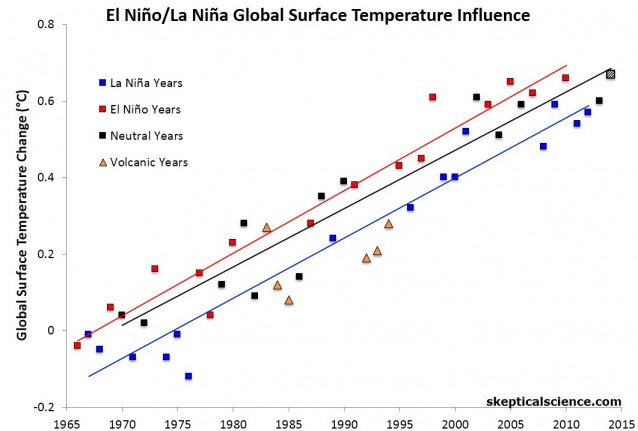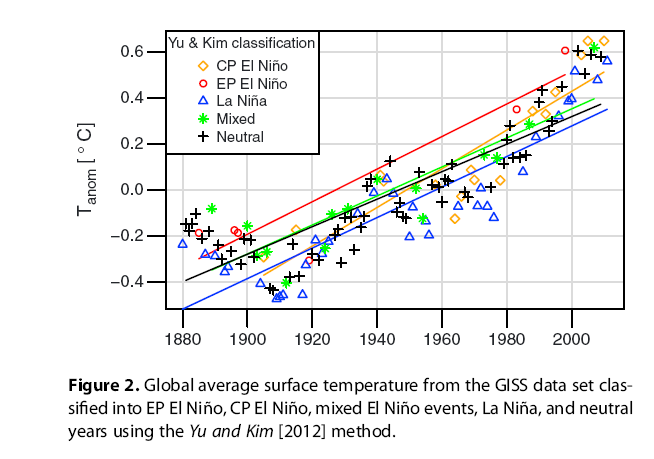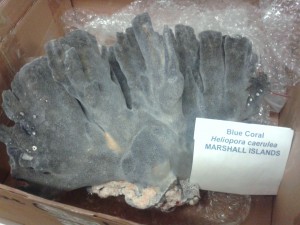My recent article in Scientific American discusses how low-lying coral atolls, like the islands of Kiribati, are a lot more resilient to sea-level rise than dire stories in the media may have you think. But don’t let the nuances of reef island geology described in the article create any doubts about the reality of sea-level rise.
The oceans are rising, and the long-term picture for places like Kiribati is not pretty. This was brought home in the past few days by storm surges again damaging Tarawa atoll’s key causeway that links the most populated islet and international port to the rest of Tarawa.
Here’s a short sidebar of the science of sea-level rise which had to be cut from the article due to space considerations:
The oceans are rising, and the rate of that rise is increasing. Global average sea-level has risen 20 cm since the beginning of the last century, and may rise up to a metre or more by the end of this century.
We can blame greenhouse gas emissions and the basic physics of water.
The planet is absorbing extra heat thanks to the human enhancement of the natural greenhouse effect. The atmosphere gets all the attention, but actually receives only 1-2% of that extra heat. The majority – roughly 93% – goes into warming those deep pools of salt water covering two-thirds of the planet. When water warms up, it expands. That thermal expansion of the ocean is responsible for over half of sea-level rise since 1900.The key issue for future sea-level is the 3% of the extra heat in the climate system going towards melting ice, especially the Greenland and West Antarctic ice sheets. The rate of melt from these great ice sheets, which hold enough water to raise sea-level by about 12 metres, will define the coasts of the future.
The most recent Intergovernmental Panel on Climate Change report concluded that sea-level would likely rise by 52 – 98 cm by the end of this century, but allowed that far greater changes were possible. It all depends on the complicated process of ice sheet melt.
We know that during periods of Earth’s history when temperatures and greenhouse gases were at levels expected for mid-century, ice sheet melt may have raised the oceans more than 5 metres above current sea-level. We don’t know exactly how long it takes for all that ice to break off or melt. Estimates run in the centuries or longer.
The long-term change is the existential concern for a place like Kiribati. From the article:
The fact that reef islands can grow in some cases and that adaptation measures can help will not save Kiribati forever, especially if the world fails to reduce greenhouse gas emissions. Climate models project that if we stay on the current emissions path, sea-level could be rising at the end of the century at more than five times today’s rate. Even in the unlikely case that islands are able to continue, on net, to accumulate material at their current rate, they may become narrower, steeper and possess less freshwater, making them prohibitively expensive to inhabit.
After a discussion of adaptation needs and ongoing initiatives in Kiribati, the article concludes with a thought I’ve had every time my local colleagues and I return to land from collecting data:
As you travel out to sea in Kiribati, the flat islands quickly disappear below the horizon. In the old times, fishers navigated home by looking for the reflection of the shallow, greenish lagoon waters in the clouds. One day in the distant future, many of the islands of Kiribati could succumb to the sea. The people may leave, the trees may die and the land may become a submerged reef. The lagoons, still shallow in contrast to the deep open ocean, would remain green as before.
To outsiders, Kiribati would be gone. To the Kiribati people, the ghost of their former homeland would live on in the clouds.

